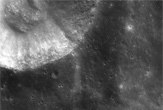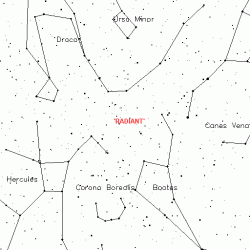It has to be some sort of record. At no time over the five decades of sending robot craft into the heavens have so many spacecraft been on duty at such a variety of far-flung destinations or en route to their targets.
Ballistic buckshot of science gear is now strewn throughout the solar system - and in some cases, like Voyager hardware - have exited our cosmic neighborhood to become an interstellar mission.
But the march of time has also meant that more nations have honed the skills and know-how to explore the solar system. For example, Europe has dispatched probes to the Moon, Mars and Venus - and their Rosetta spacecraft is on a 10-year journey to investigate a comet in 2014.
Meanwhile, Japan's Kaguya and China's Chang'e 1 lunar orbiters have each just settled into an aggressive campaign of surveying the Moon. India is set to orbit the Moon with its Chandrayaan-1 in 2008, and the German space agency is also prepping for a future robotic lunar mission as is the United Kingdom.
All this action at the Moon - including the rekindling of Russian and U.S. lunar missions - bodes well for bolder ventures ever-deeper into the solar system by multiple nations.

|
| ©JAXA
|
| The Japan Aerospace Exploration Agency (JAXA) is operating its Kaguya Moon orbiter. The probe has made the world's first continuous reflectance spectra of the far side of the Moon in the visible and near infrared region - enabling a precise determination of the type and breakdown of minerals on the lunar surface.
|



Comment: According to the gathered data and research, pretty soon Jewitt will have an opportunity to observe up close and personal many of those interstellar comets.